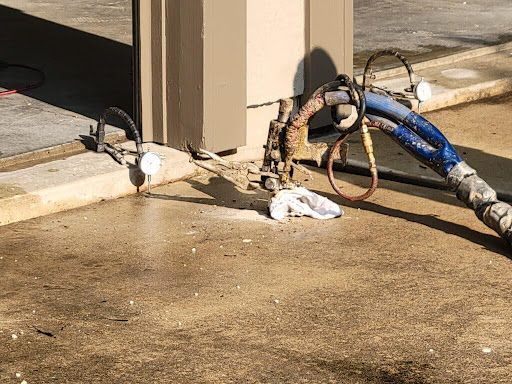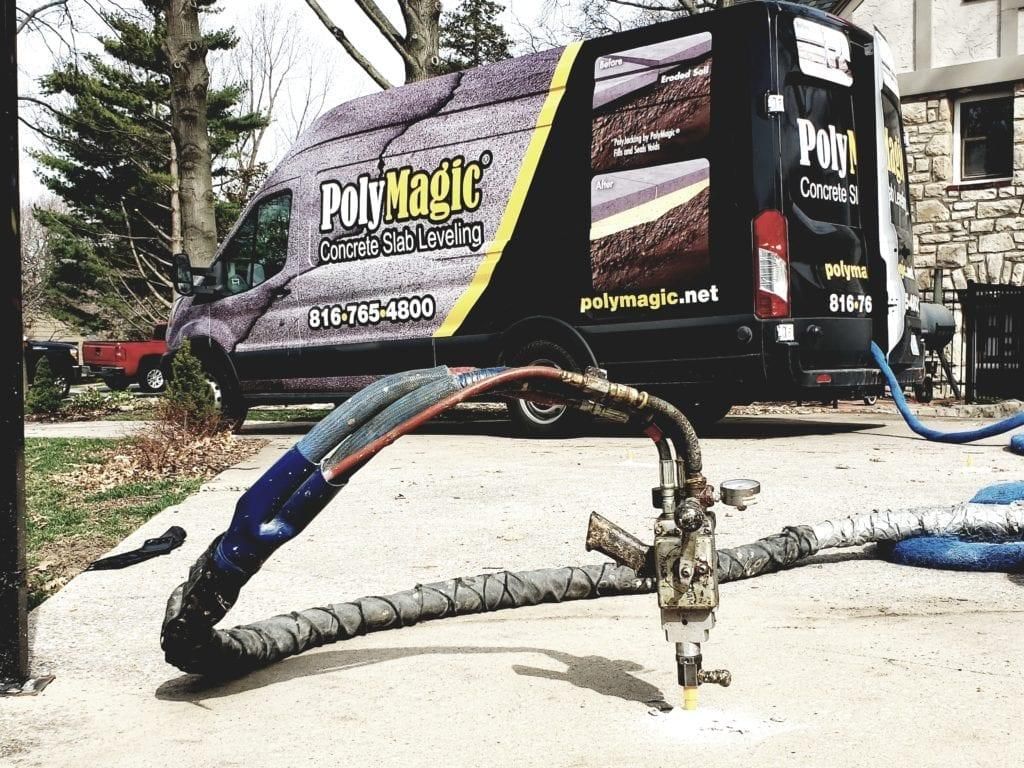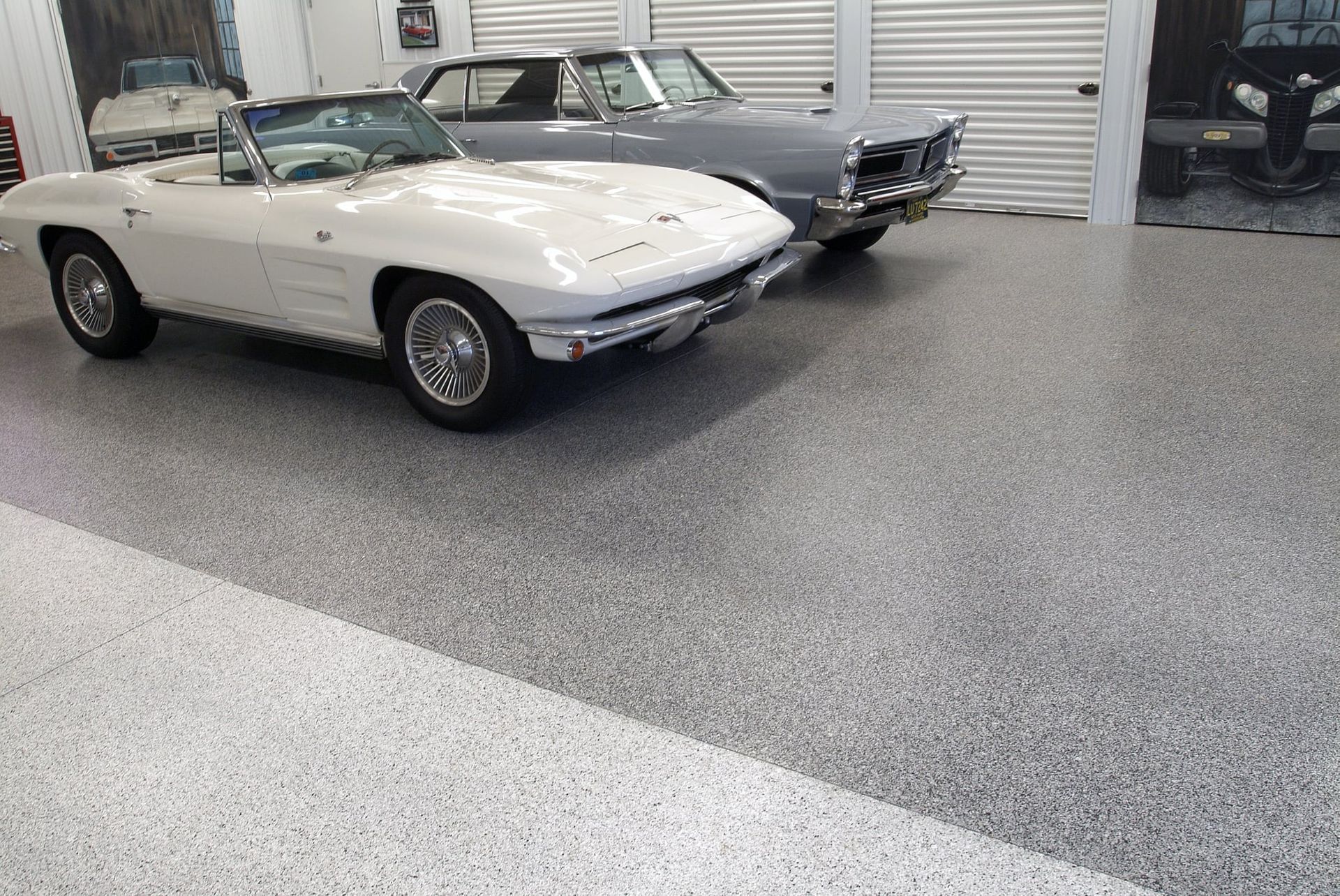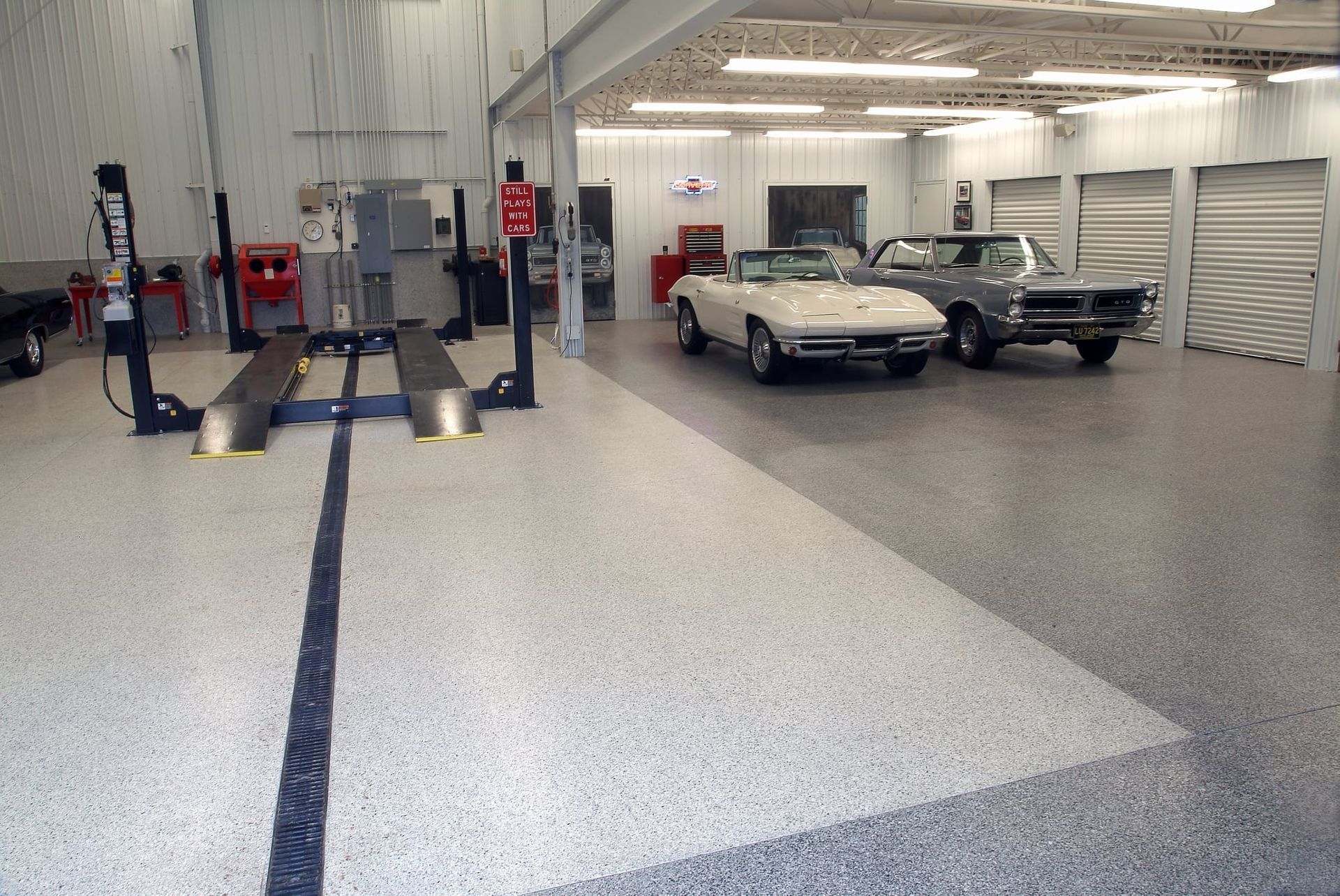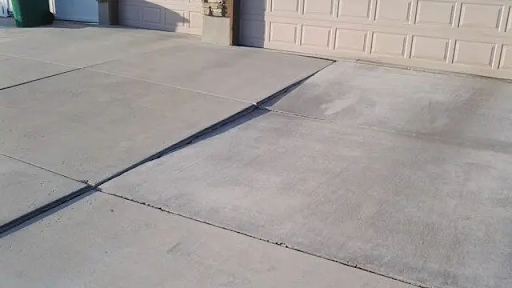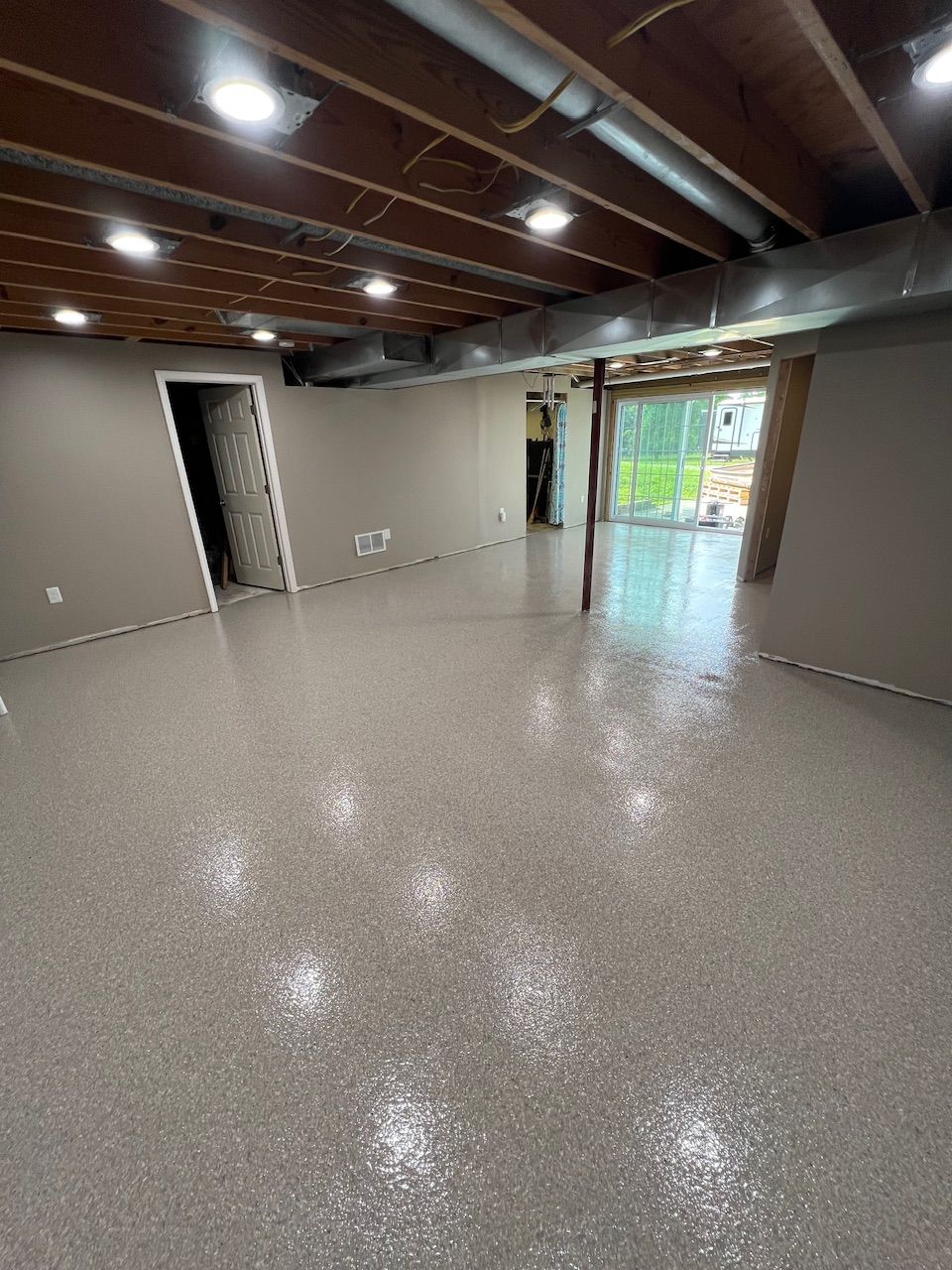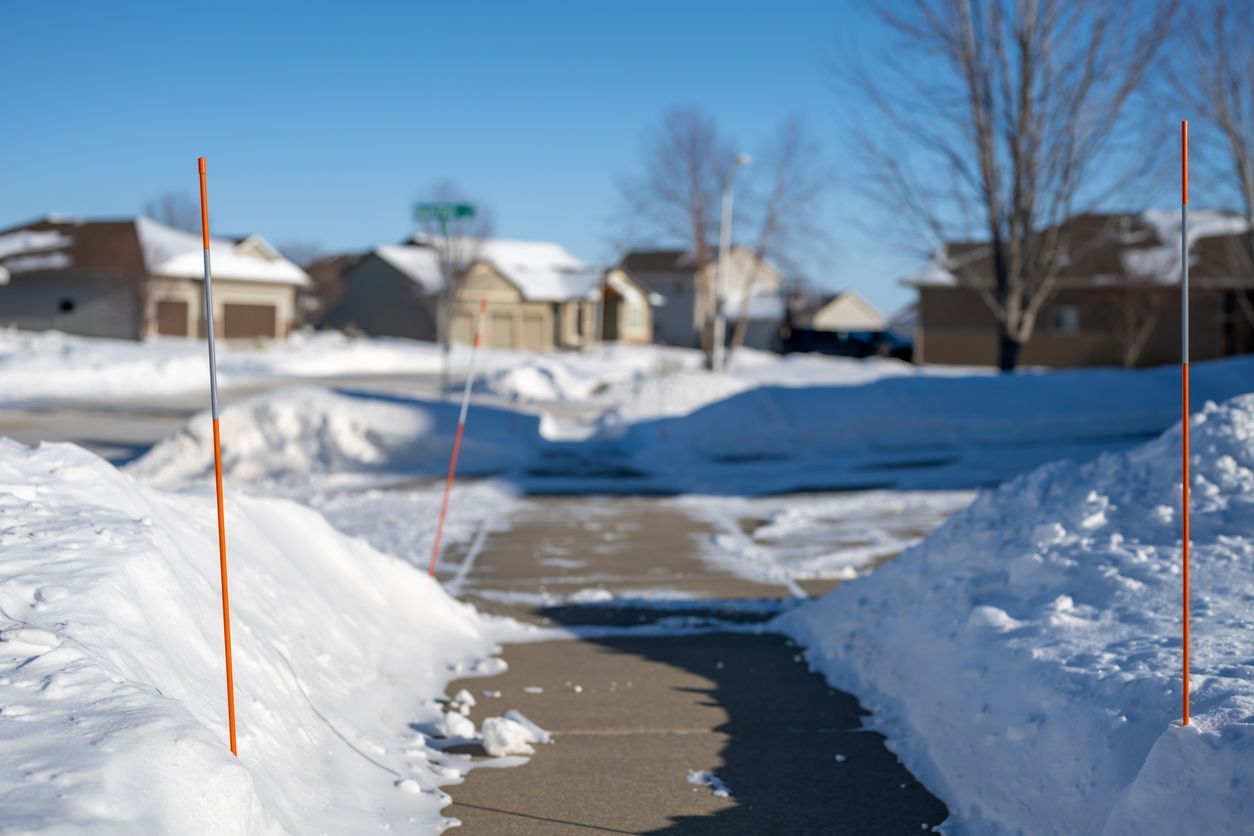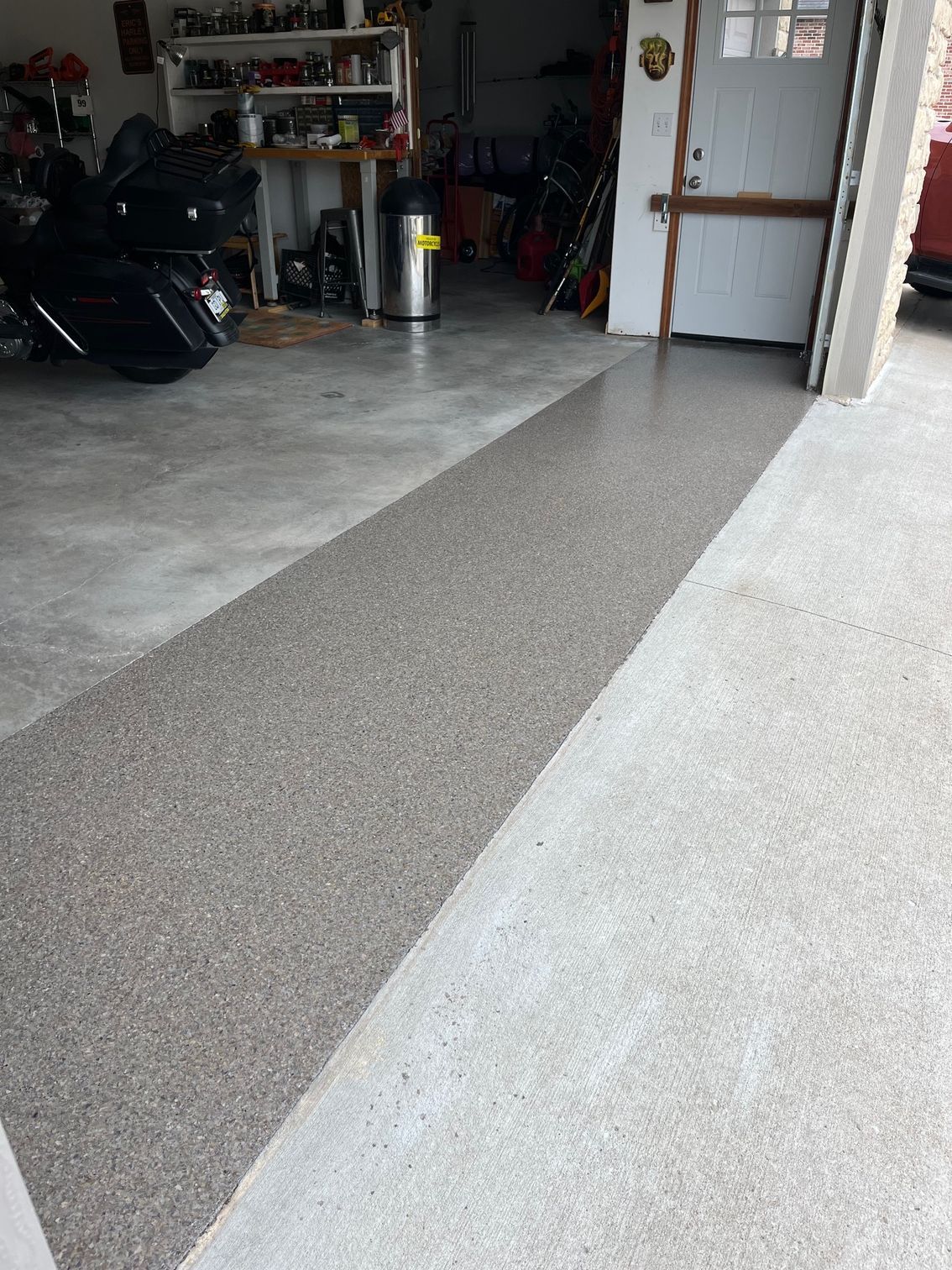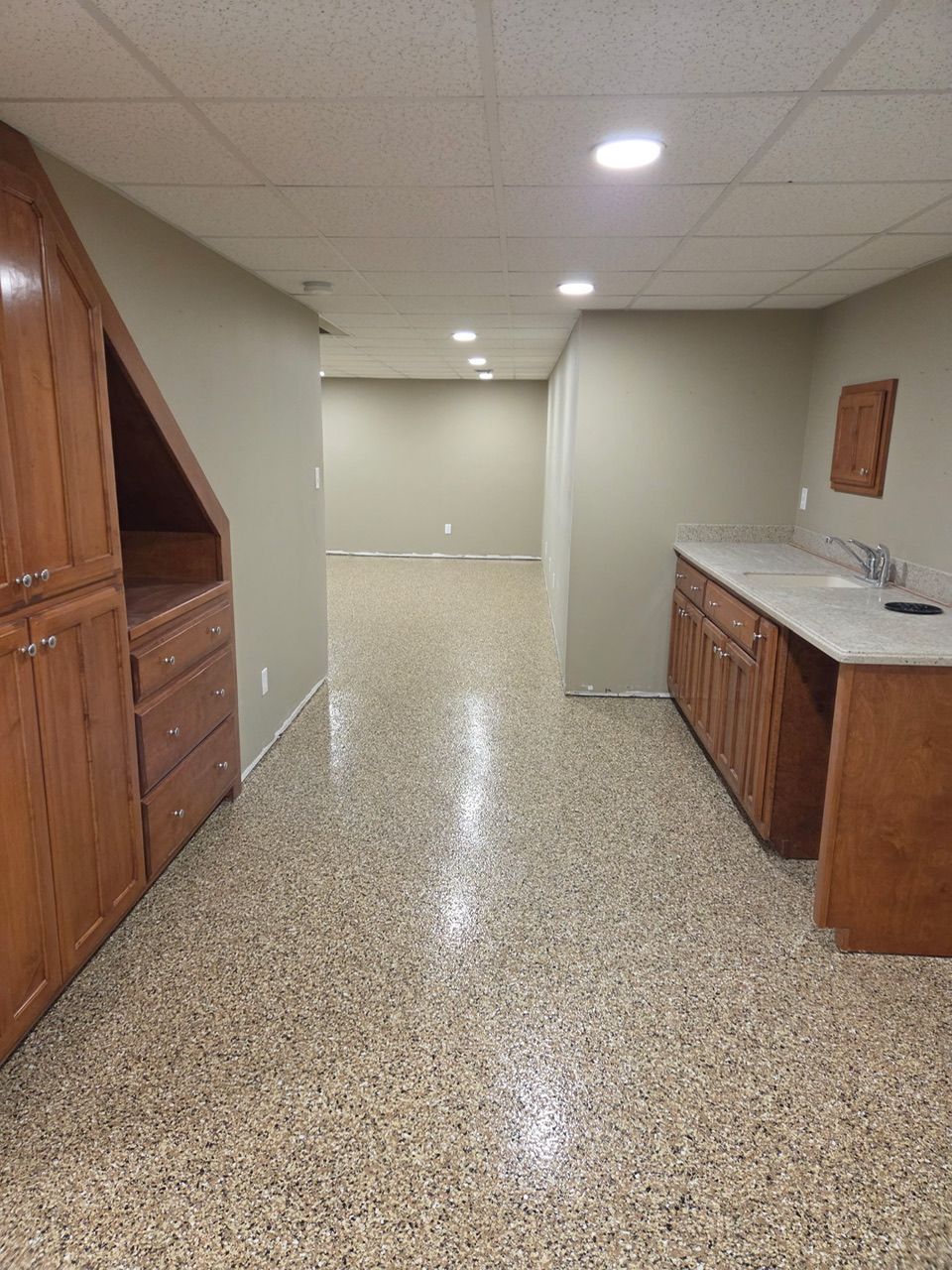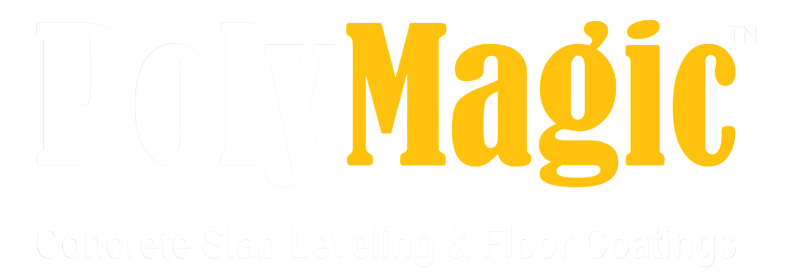MUDJACKING VS POLYJACKING: WHICH IS BEST FOR CONCRETE LEVELING IN KANSAS CITY METRO & MID-MISSOURI?
Uneven concrete can lead to all sorts of problems for your home. This is the case whether we are talking about a foundation, driveway, sidewalk, or the approach where the driveway meets the garage. When cracks and uneven concrete start to appear, and the concrete disrupts the balance of a foundation, quick action is the only approach.
Naturally, foundational cracks require more urgency than a settling driveway or patio. But even so, cracks can let water seep in, which can lead to additional problems down the road. If you notice disruptions in your concrete, have it inspected right away. Many foundation repair companies offer concrete lifting and leveling services, so be sure to understand the assessment and options.
You’ll quickly learn there are various approaches to leveling concrete. Two of most common in Kansas City are mudjacking or polyjacking. But what is the difference between mudjacking and polyjacking? And more specifically, which makes more sense for your situation?
POLYJACKING VS MUDJACKING
To choose the right solution for your property in Kansas City or Mid-Missouri, it’s important to understand what each method involves.
MUDJACKING
Traditional mudjacking is a concrete lifting solution that works by pumping mud underneath the concrete. This requires a couple of things. Firstly, holes will need to be drilled into the concrete to allow the mud to be pumped through. Secondly, a mudjacking hydraulic pump is required to push the mud mixture through with enough force.
On one hand, this is a pretty straightforward approach. However, this solution is considered to be temporary since the new mud will mix with the existing soil composition. Therefore, if a long-term solution is what you are looking for, mudjacking might not be the best option.
While it's a cost-effective and familiar process, it’s not always permanent. Over time, the slurry can shift or compress, especially in expansive soils or rain-prone areas like Mid-Missouri—leading to future settling.
POLYJACKING
Like mudjacking, polyjacking is also a way to level and raise concrete. However, this approach is much more innovative and effective when compared to mudjacking. Instead of pumping mud, this process utilizes a high-density polyurethane. This material is much more precise and ideal for permanent foundation repairs.
Because of this, the price is going to be higher for polyjacking. However, homeowners don’t tend to focus only on the mudjacking vs polyjacking costs. This is largely because one solution far outweighs the other. And since your home is an investment, most homeowners justify the required maintenance that yields the best results.
It’s ideal for long-term fixes—especially in regions like Kansas City Metro, where freeze-thaw cycles and heavy rainfall are common.
PROS AND CONS OF MUDJACKING VS POLYJACKING
We have already laid out some of the pros and cons. We feel that polyjacking is the preferred approach because it is a long time solution, less invasive, and more effective. But there are more immediate considerations to take into account as well.
For instance, the polyurethane mix used for polyjacking dries quickly (in about 15 minutes). This means you can use your concrete floor minutes after the process, as opposed to waiting days for the mud to dry. Further, since the polyurethane mixture foams and solidifies, less of the material is required than mud.
There is also an aesthetic consideration. Both processes require drilling holes into the concrete. However, the holes drilled for polyjacking are much smaller, making the operation cleaner over all.
LEARN MORE
From pools to foundations to driveways to patios, there is no reason to let your concrete damage go unrepaired. And when it comes to mudjacking vs polyjacking in Kansas City, you know where we stand. And since we provide free estimates, you can know where you stand as well.
Learn more about our expert polyjacking services.

